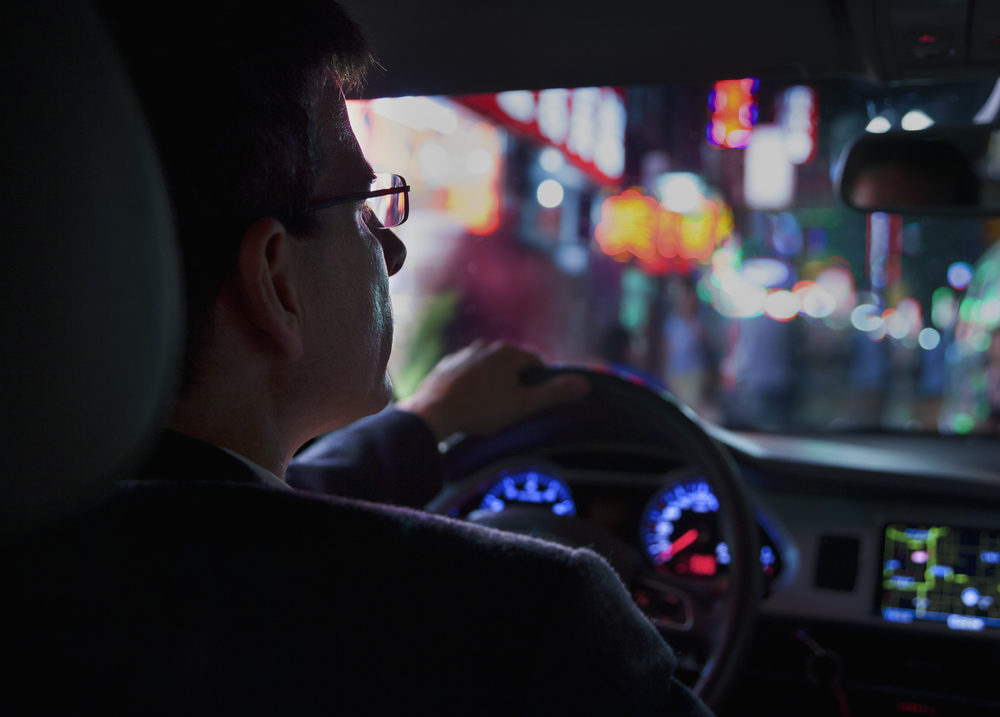
Driving at night can be challenging for anyone, but for individuals with cataracts, it can become especially difficult and even dangerous. Cataracts are a common age-related eye condition that cloud the natural lens of the eye, leading to blurred vision, faded colors, and, most notably, increased sensitivity to glare. These symptoms can make nighttime driving a stressful and risky experience.
What Are Cataracts?
Cataracts develop when proteins in the eye’s lens begin to break down and clump together, forming cloudy areas that obstruct light. Over time, cataracts can progress from mild to severe, gradually impairing your vision. They are most often associated with aging, but can also be caused by eye injuries, certain medications, or underlying health conditions like diabetes.
Why Glare Is a Major Problem for Nighttime Drivers
One of the hallmark symptoms of cataracts is increased sensitivity to light and glare. At night, the pupils dilate to let in more light, which means any disruptions in the lens can scatter incoming light even more. Headlights from oncoming cars, streetlights, and even reflections from wet roads can create intense glare and halos, making it hard to see clearly.
For many people with cataracts, these visual distortions can be dangerous. Difficulty distinguishing objects, misjudging distances, or feeling momentarily blinded by bright lights can increase the risk of accidents.
Common Nighttime Driving Complaints from Cataract Patients
• Halos around headlights: Many cataract patients describe seeing “rings” or “halos” around lights at night.
• Blurry or double vision: Even with corrective lenses, vision can seem fuzzy or doubled.
• Difficulty reading signs: Dim or scattered light can make road signs hard to read in the dark.
• Slower reaction times: Increased glare and reduced contrast sensitivity make it harder to spot obstacles or changes in road conditions.
What You Can Do
If you’re experiencing glare or other vision problems while driving at night, it’s important to take action before the issue worsens. The first step is to schedule a comprehensive eye exam with an optometrist. During this visit, your eye doctor can thoroughly evaluate your vision, determine if cataracts are present, and discuss your treatment options.
For those who wear glasses, using lenses with an anti-reflective coating can make a noticeable difference. Anti-reflective lenses help reduce the glare from headlights and streetlights, making it easier to see clearly and comfortably at night.
If your night vision is significantly affected, it may be wise to avoid driving after dark until your vision is improved. Limiting nighttime driving can help keep you and others safe on the road.
In cases where cataracts are advanced and interfere with your daily life, cataract surgery may be recommended. Modern cataract surgery is a safe and highly effective procedure that replaces the cloudy lens with a clear artificial one, often resulting in dramatically improved night vision. Taking these steps can help you regain confidence and safety when driving at night.
Schedule Your Eye Exam Today
Cataracts can significantly impact your ability to drive safely at night due to increased glare and decreased visual clarity. Ignoring these symptoms can put you and others at risk on the road.
If you’ve noticed changes in your vision or find nighttime driving more difficult, schedule a cataract evaluation with City Eyes Optometry Center today. Visit our office in Sherman Oaks, California, or call (818) 960-1300 to book an appointment.



